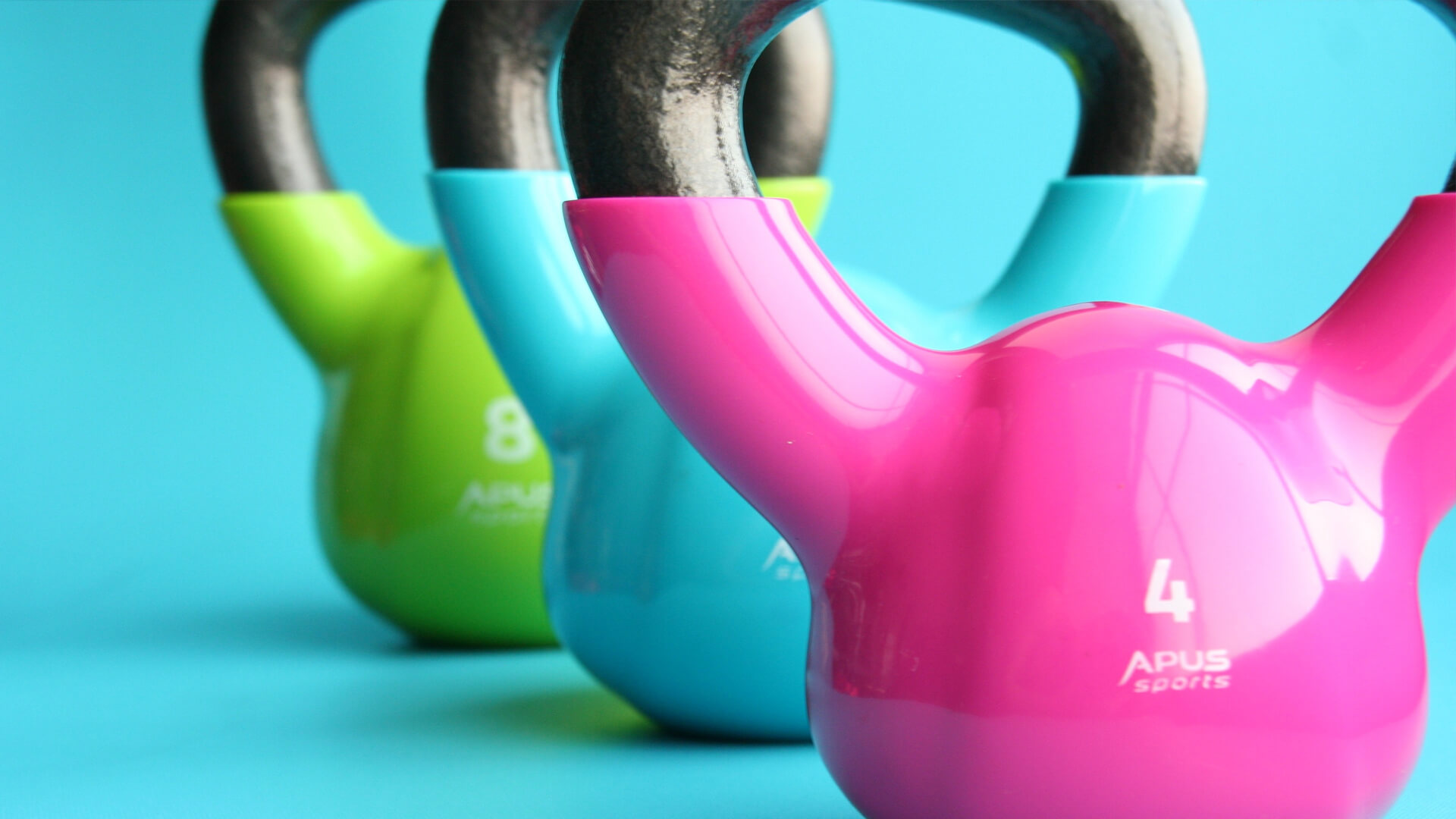As the nation continues to practice the latest lockdown measures, many have built a workout routine that that they have integrated within their new everyday structure. As lockdown has progressed, many are using the opportunity to exercise to safeguard their mental health, experience the outdoors and protect their wellbeing. Ultimately, for many exercise routines have become a need to have over a nice to have.
The next couple of weeks is set to see a heatwave in the UK with temperatures set to rise to 32 degrees. Working out in heat can be difficult and many speculate if it is safe. Here, Personal Trainer Paul Bruce at the health and wellness brand GearHungry reveals if we burn more calories in heat, how to stay safe when practising cardio and how to protect yourself from injury.
Water in the summer? Ground-breaking
The body holds an internal temperature of approximately 37C. The closer the match between the body’s internal temperature and that of the outside, the harder it is for the body to cool itself. The body can experience a spike in temperature as little as 12 minutes into a workout. If preventative action is not taken dehydration, heat stroke and fainting can ensue.
‘Dehydration impacts the way in which your body regulates heat’ says Bruce. ‘In turn, the heart rate increases to circulate blood around the body. As the heart rate increases, blood rises towards the skins surface in an attempt to cool the body. The higher the internal temperature, the more blood is redirected away from the working muscles and towards skin. As blood moves away from the muscles and towards the skin’s layers, the muscles receive less oxygen. It is in this instance that the muscles will experience symptoms of fatigue’.
‘The body sweats to cool itself. Whilst this is an essential mechanism, it contributes to the loss of essential fluids’ states Bruce. ‘To avoid becoming a victim of dehydration up your water intake, even if you already drink the recommended 2 litres a day. This is the fastest way to safeguard yourself from injury. As tempting as it is to guzzle litre upon litre of water at the end of an exercise session, try to reframe from doing this as it can lead to nausea. Instead, favour taking consistent short and sharp sips of water throughout. This will steadily fuel the body and work to avoid a prolonged recovery period’.
Its Ok, I can just spritz right?
According to Bruce, spritzing yourself with water throughout a workout session can camouflage dehydration. ‘A common practice is to pour or spritz water onto the skin when exercising, especially when partaking in the likes of cardio. It is important to be mindful of the fact that dousing the body in water only eases discomfort and does not lower our internal temperature. Consequently, the superficial cooling effect that this provides can disillusion how the body is reacting to exercising in heat. Ensure that you frequently assess how you are feeling, how high your heart rate is and how hot you feel. It is wise to remember that although the heart rate should be high – it should not be pounding through the chest’.
Do you burn more calories in a heatwave?
Performing cardio in heat may feel harder than in the cooler months however, does that mean you are burning more calories? ‘Well, yes…but it can temporary’ says Bruce. ‘A lot of people refer to their metabolism when losing weight but are not aware of how it functions. Your metabolism is what transforms your food intake into energy. The combination of converting food to energy with oxygen provides the body with the energy it needs to function – whether that be for exercise or to support its vital functions when we are resting. The total amount of calories we burn to function is what we often refer to as our metabolism. Our metabolism works faster when we exercise in hot weather as it strives to keep the body cool. This increases the number of calories that we burn. However, it is important to remember that these effects are temporary. As the heatwave persists, we become climatized to it effects. Put simply, our body gets used to working out in such conditions and the metabolism will go back to its original workings as it would in cooler weather’.
You really need to know…
According to Bruce, working out in a heat wave is not a time to strive for personal bests, especially if you are a beginner. ‘Accept that heat will impact the workout. I am a big believer that the physical effects of a workout should be secondary, especially in these times. Working out protects your mental health, boosts the immune system, and maintains endorphins. Any kind of activity that increases the heart rate is fantastic. Do not attempt to run marathons in heat if you are not used to doing so. It can pave the way to injury and impact your future progress.’
‘Do not forget to wear SPF. Park workouts are growing in popularity as is running on roads. This is fantastic however, when the sun shines reach for the SPF.’
‘Try swapping your evening workouts for the mornings. Mornings tend to be cooler than the evenings and they are certainly less humid. If mornings are not obtainable, ensure that you avoid the hours of 12 – 3pm when the sun is at its peak’.
‘Circuit HIIT training whilst wearing breathable fabrics is a great option if working out in heat. Consistently taking breaks not only keeps a workout interesting but provides the time to asses how your body is reacting to the heat.

















